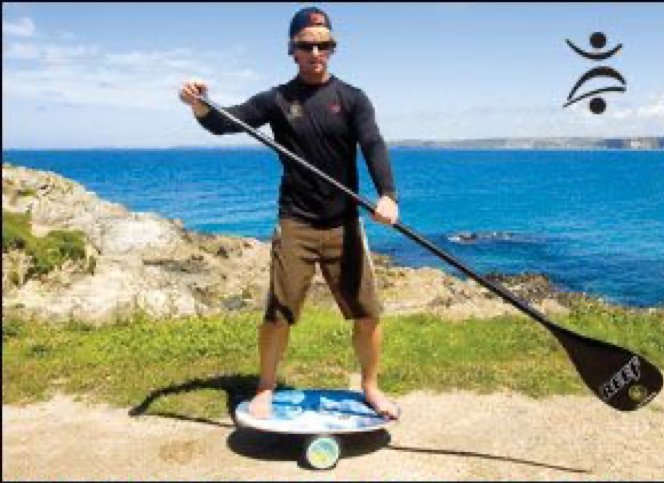
3 Balance Practices to Improve your SUP Balance
As the chill of winter approaches, maintaining the superb balance you’ve honed over the sunny months on your stand-up paddleboard (SUP) is paramount. Not only does it keep your SUP skills sharp, but it also preserves that hard-earned physique. Here’s a curated set of balance exercises designed by the Glide Paddlesports team to enhance your stability on the board, ensuring you’re ready to glide smoothly when the waters call again.
Key Highlights
- Understanding Balance in SUP: Emphasizing the importance of balance as the foundation of stand-up paddleboarding mastery, incorporating sensory and motor skills.
- Core Training for SUP Balance: Detailing exercises using balance balls, Bosu balls, and Indo boards to build core stability essential for SUP.
- Lower Body Strength Exercises: Highlighting the significance of one-legged squats and foot exercises to strengthen glutes, quads, and the muscles in the feet for improved balance on the board.
- Upper Body Conditioning: Recommending rear deltoid exercises for better stability and paddle leverage, crucial for a steady hold and maneuvering on the water.
- Conclusion and Commitment to Balance: Encouraging regular balance training to enhance SUP performance, with advanced tips like performing exercises with eyes closed for proprioceptive skill enhancement.
Understanding Balance: The Foundation of SUP Mastery
Balance is the art of maintaining your body’s center of mass over its base of support, a skill crucial for mastering SUP. It involves a complex interplay of sensory inputs — vision, proprioception, and the vestibular system — and motor output to maintain posture and stability. Regular balance training is essential, especially as factors like injury, disease, and aging can impact your equilibrium.

Core Training: The Epicenter of Balance
Your core is the linchpin of your balance, connecting your lower and upper body. To strengthen this vital area, incorporate these tools into your regimen:
- Balance Ball Exercises: Start with planks and knee straddles on the balance ball to build core stability.
- Bosu Ball Balancing: Progress to standing on the Bosu ball, adding movements like bent-over rows to challenge your balance further.
- Indo Board Mastery: Finally, use the Indo board for advanced balance training, simulating SUP paddling with a resistance band for added intensity.

Lower Body Strength: The Power of One-Legged Squats
Strong glutes and quads are essential for maintaining balance on your SUP. Begin with bodyweight one-legged squats, advancing to pistol squats for a deeper challenge. Additionally, don’t overlook the importance of strengthening the 100 muscles in your feet with simple exercises like toe pushes and flexes, which can significantly enhance your stability on the board.

Upper Body Conditioning: For a Steady Hold
A strong upper body aids in stabilizing yourself on the SUP through effective paddle leverage. Incorporate rear deltoid exercises, such as bent-over dumbbell lateral raises, to strengthen your shoulders and upper back, ensuring a robust connection to the water.

Conclusion: A Commitment to Balance
By dedicating yourself to these balance exercises three times a week, you’ll notice a remarkable improvement in your SUP balance and overall performance. For those looking to push their limits, performing these exercises with your eyes closed can further enhance your proprioceptive skills, preparing you for any condition you might face on the water.
Stay tuned to our blog for more insights and stories from the SUP community, and remember, with the right preparation, every season can be SUP season.

Related Topics
Improving Fitness on Paddle Board
How Inflatable Paddle Board Technology Changed The SUP Industry
Your Comprehensive Guide to Inflatable Stand Up Paddle Boards

